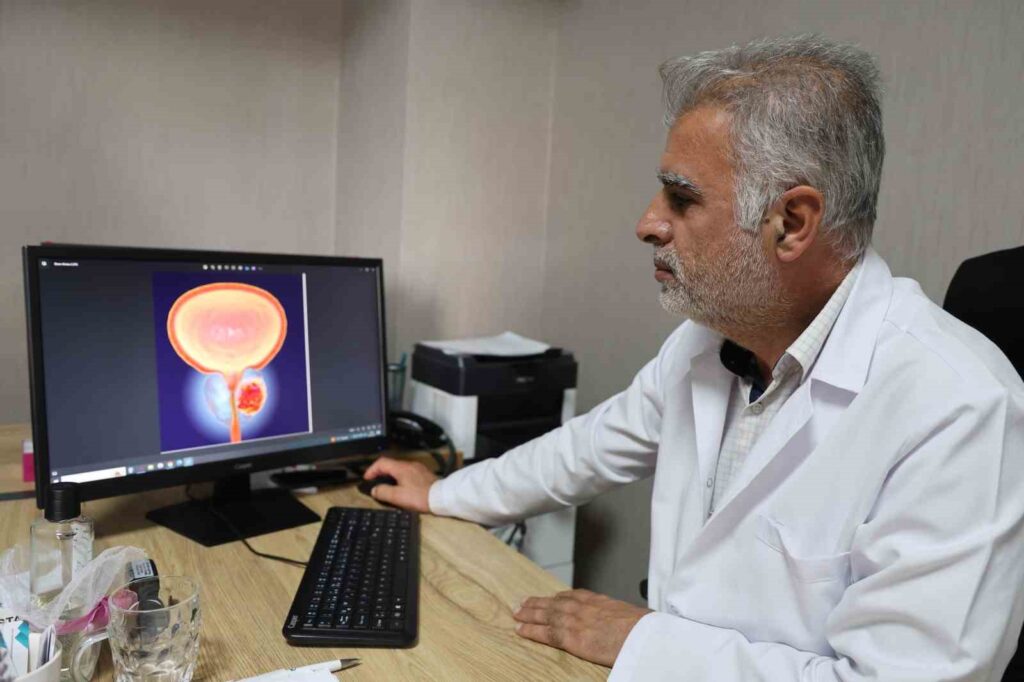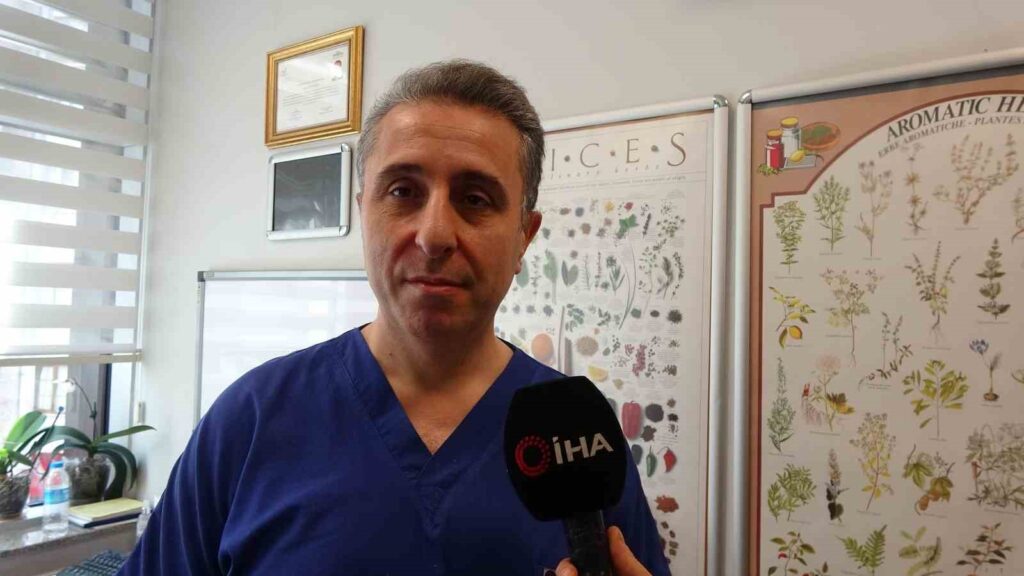The winter exam for children and families is starting.
Child Health and Diseases Specialist Dr. Nuray Kurt Önal states that during the winter months, with the drop in temperatures, the increase in air pollution, and more contact with people and particles in enclosed spaces, children, whose immunity is weaker than that of adults, …

Dr. Nuray Kurt Önal, a pediatrician, stated that during the winter months, with the cold weather, increased air pollution, and more contact with people and particles in enclosed spaces, children, whose immunity is weaker than that of adults, may get sick frequently. She highlighted that closed environments such as schools, nurseries, indoor playgrounds, shopping centers, and public transport provide a suitable environment for germs spread via droplets and respiratory routes. “Droplets spread from one child to another either through coughing and sneezing or through contact with each other and each other’s belongings. Additionally, in cold weather, both due to heaters and the cold, the moist tissues covering the nose and mouth dry out. The functioning of protective mechanisms decreases. Movement decreases, and along with that, there is an increase in the consumption of heavier and unhealthier foods. Therefore, infections can quickly appear in many individuals. The winter exam for children and families also begins,” she said.
Dr. Nuray Kurt Önal expressed that the most common health issue in children is upper respiratory tract infections, stating, “There are more than 200 viruses that can cause nasal and throat infections, and these viruses are often the causative agents of illnesses. Bacteria can also take control of the respiratory tract either through their own pathogenic structures or through conditions related to the patient, such as lack of vaccination, weakened immunity, and inadequate nasal hygiene. The number of upper respiratory tract infections, which can range from 5 to 8 times a year, may increase even more in school-going children. Moreover, in the early years of school, where contact with a significant number of sick children is possible, this number can be even higher. As children grow older, it is likely that this number decreases. During this process, if the illnesses progress more severely than expected, require hospitalization, or frequently lead to organ infections such as pneumonia, otitis media, or meningitis, it may be necessary to examine the functioning of the child’s immune system.”
Dr. Nuray Kurt Önal listed the most common respiratory diseases in children as follows: “The common cold (rhinopharyngitis), with rhinovirus being the most common cause, can also be caused by many other viruses. In both children and adults, symptoms such as mild fever, headache, malaise, fatigue, nasal discharge, nasal congestion, sneezing, burning and pain in the throat usually appear 3-4 days after exposure. Influenza is the most common disease transmitted by droplets during the winter months. While it generally presents as a mild upper respiratory tract infection accompanied by high fever, persistent fever, nasal discharge, sore throat, redness in the eyes, dry cough, abdominal pain, diarrhea, and widespread muscle pain are also frequently observed. Acute bronchiolitis is an infection caused by viruses, especially affecting infants under 1 year, which can be severe enough to require hospitalization in infants under 2 months. Children under 1 year old exposed to crowded or smoking environments are at higher risk. Since it affects the bronchioles, the smallest airways in the lungs, signs of respiratory distress such as rapid breathing, retraction of the chest, wheezing, cyanosis, and fatigue may be seen. Pneumonia refers to inflammation in the lungs caused by bacteria and viruses. It presents with symptoms such as high fever, malaise, loss of appetite, cough, sputum, difficulty breathing, and chest and abdominal pain. While it can be completely cured with timely treatment, delays can lead to unwanted conditions such as abscesses and fluid accumulation, which can be life-threatening in children aged 1-4 years. Therefore, in a child with an upper respiratory tract infection, it is very important to consult a doctor for evaluation regarding pneumonia if symptoms such as fever lasting more than 3 days or signs of respiratory distress are observed. Otitis media (middle ear infection) can occur when an upper respiratory tract infection spreads to the middle ear through the eustachian tube connecting the throat to the ear. Symptoms may include unbearable ear pain, high fever, dizziness, decreased hearing, and sounds coming from the ear, which may worsen at night due to increased pressure in the ear when lying down.”
Dr. Nuray Kurt Önal also listed several important points to help children pass the winter exam without falling ill: “Avoiding closed and crowded environments, air pollution, and cigarette smoke. Ventilating closed spaces frequently. Breastfeeding during the nursing period. Eating a balanced and healthy diet, including vitamin C-rich fruits and vegetables in meals, and avoiding packaged and carbonated foods. Developing the habit of washing hands, especially being meticulous about washing hands before meals and after using the restroom. Drinking enough fluids, especially water. Dressing appropriately to avoid both sweating and getting cold, and adjusting room temperature to prevent excessive dryness in the air. Humidifying rooms with heaters to prevent nasal dryness. Establishing a regular sleep routine. Regularly cleaning touched toys and items. Avoiding unnecessary antibiotic use. Ensuring children receive their childhood vaccinations and flu vaccinations in high-risk groups. Reducing contact with other people during illness, and covering the mouth and nose with a tissue during sneezing and coughing.”







